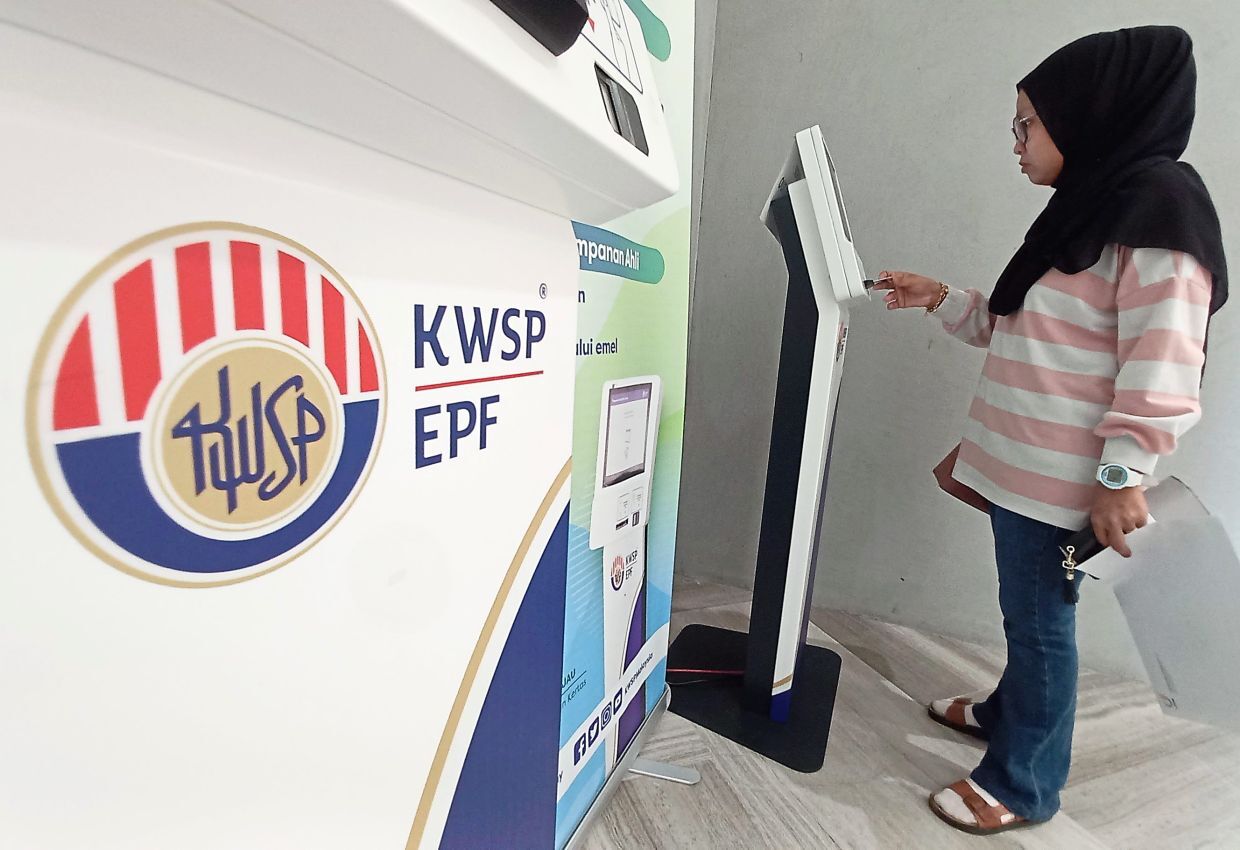

Posted by - enderworld -
on - May 7, 2023 -
Filed in - Conflict -
increase EPF withdraw EPF Consumer -
564 Views - 0 Comments - 0 Likes - 0 Reviews

Consumers are worried that the proposed move to use their savings from the Employees Provident Fund (EPF) as collateral for bank loans would leave contributors in more debt and without any retirement funds.
The move would only increase the debt level as most people taking such loans might not be able to repay them, said one social media user called Adr Mpa.
“When that happens, the bank will just withdraw from their EPF to repay the loans. In the end, these people are worse off,” he posted on Facebook.
He also questioned the number of people who are actually in need of EPF withdrawals due to financial difficulties.
“Most EPF withdrawals have been wasted on buying things that people don’t need. Cars, handphones, electronic gadgets, home furnishings, jewellery, etc,” he wrote.
He also cautioned against allowing contributors to withdraw money from EPF, as he said that in five to 10 years’ time, the government might have to use taxpayers’ money to support these same people who would need money again.
(A total of RM145bil was withdrawn by EPF members under the four Covid-19-related programmes, namely i-Lestari (April 2020), i-Sinar (December 2020), i-Citra (July 2021) and a special withdrawal in March 2022
Ahmad F. Afandi suggested that the Finance Ministry set up a corporation like the National Higher Education Fund Corporation (PTPTN) with support from EPF.
“It would be better if the money went into a fund rather than banks. The corporation can manage the loans with simpler payment terms.
“The interest can also be lowered and discussed with EPF via the sharing of dividends between contributors and the corporation,” he said.
Muhammad Hafiz wrote: “He (the Prime Minister) has been holding off EPF savers’ demands for emergency withdrawals with the reason that they will provide more appropriate means for them to prevent their retirement funds from being used up. Now they want people to live in debt rather than use their own funds for emergencies?”
Socio-Economic Research Centre executive director Lee Heng Guie felt Malaysia needed fundamental reform to establish a comprehensive and sustainable retirement protection system.
“Comprehensive covers both income protection and core public services such as housing, healthcare and welfare.
“The system must be financially sustainable, funded by the government and affordable for employers and employees.
“Equally important is a robust system to safeguard the interests of retirees against economic shocks without having to reduce their benefits due to insufficient public funding,” he said.
Lee said the EPF model of managing retirement funds for both the private sector and the non-pensionable public sector must be preserved with strict governance and professionalism.
“This is vital to sustain contributors’ confidence in EPF’s management of investment assets worth RM988.6bil as of September 2021
“Any erosion of trust towards EPF would spark members to withdraw their money en masse, causing negative implications on the domestic capital market (bonds and equities) and also the financing of the budget deficit,” he said.
Malaysian Trades Union Congress (MTUC) president Effendy Abdul Ghani believes the government’s proposal was not sustainable as “people will become increasingly weighed down by financial responsibilities”.
This is because interest rates will be higher than EPF dividends.
“This mechanism is already in use, since we have to show our EPF statement when applying for loans.
“The government should pump more money into EPF and share profits with the people,” he said.
On Thursday, Prime Minister Datuk Seri Anwar Ibrahim announced that the government may allow those in financial distress to use their EPF funds as collateral for bank loans.
In response, EPF said it is assessing the implementation of this initiative


